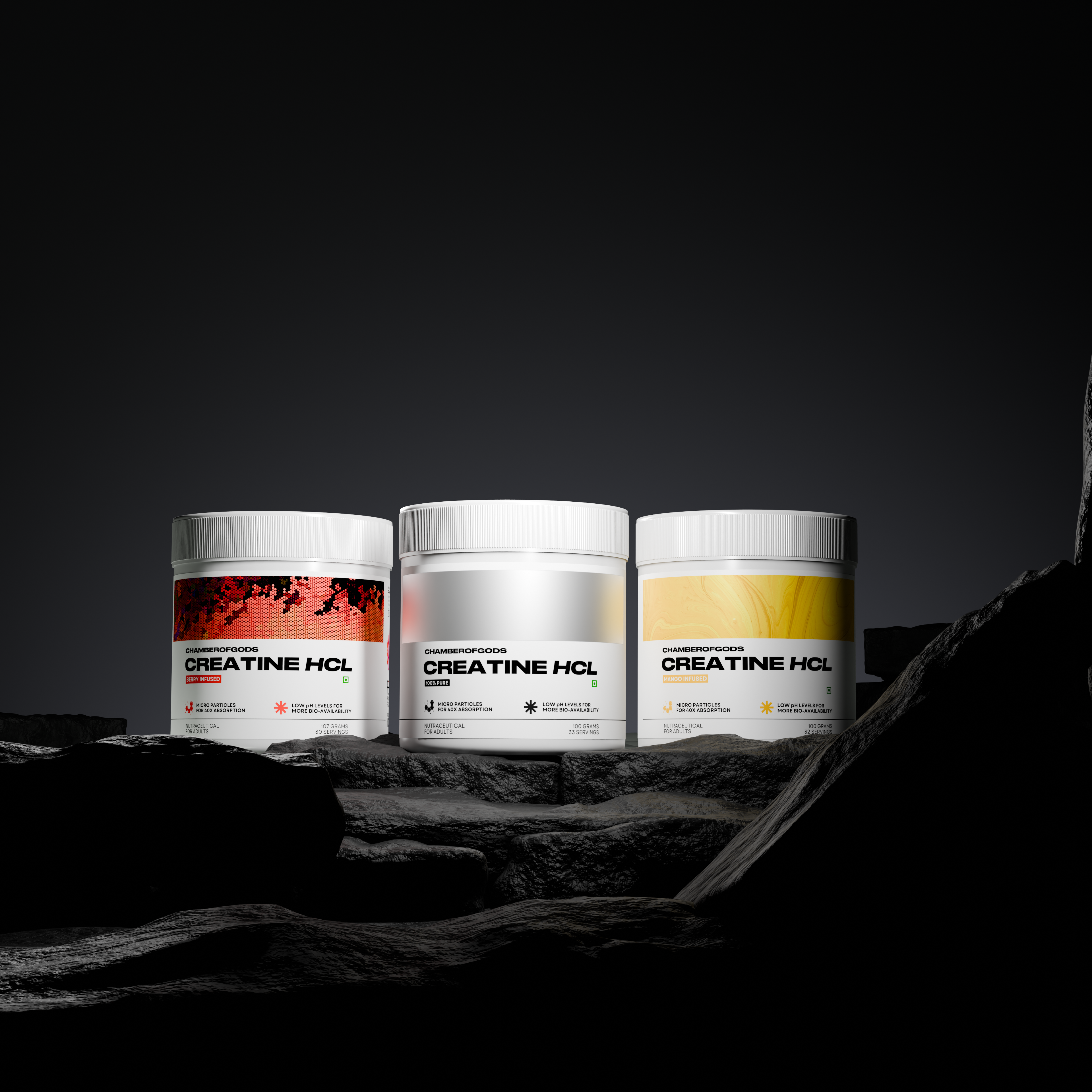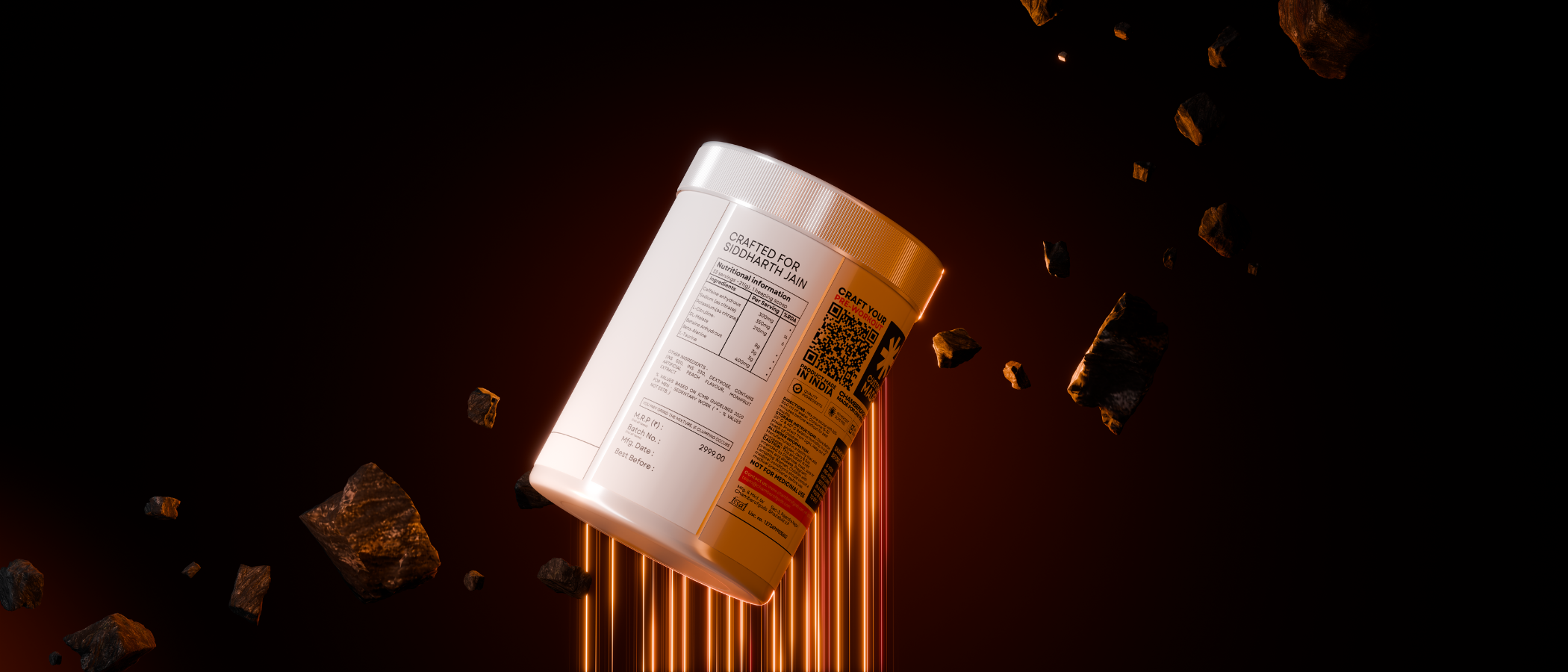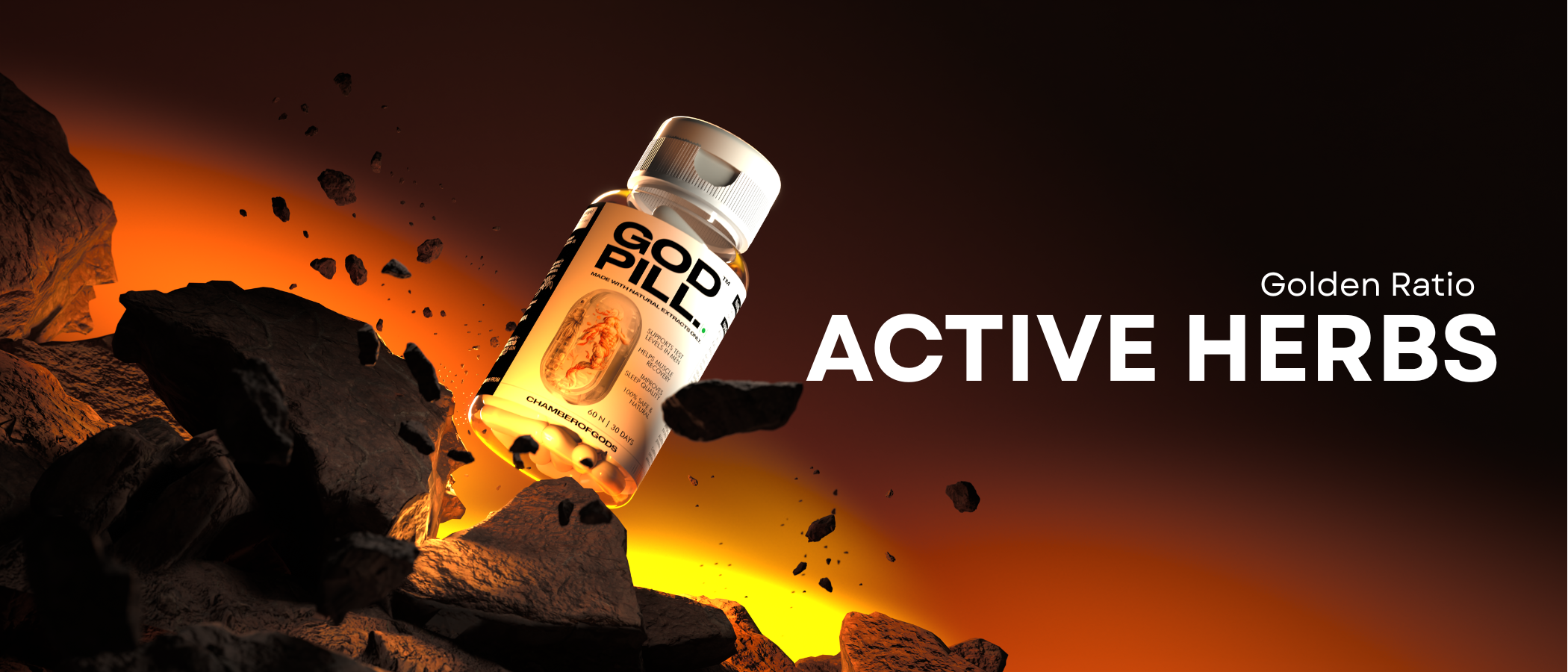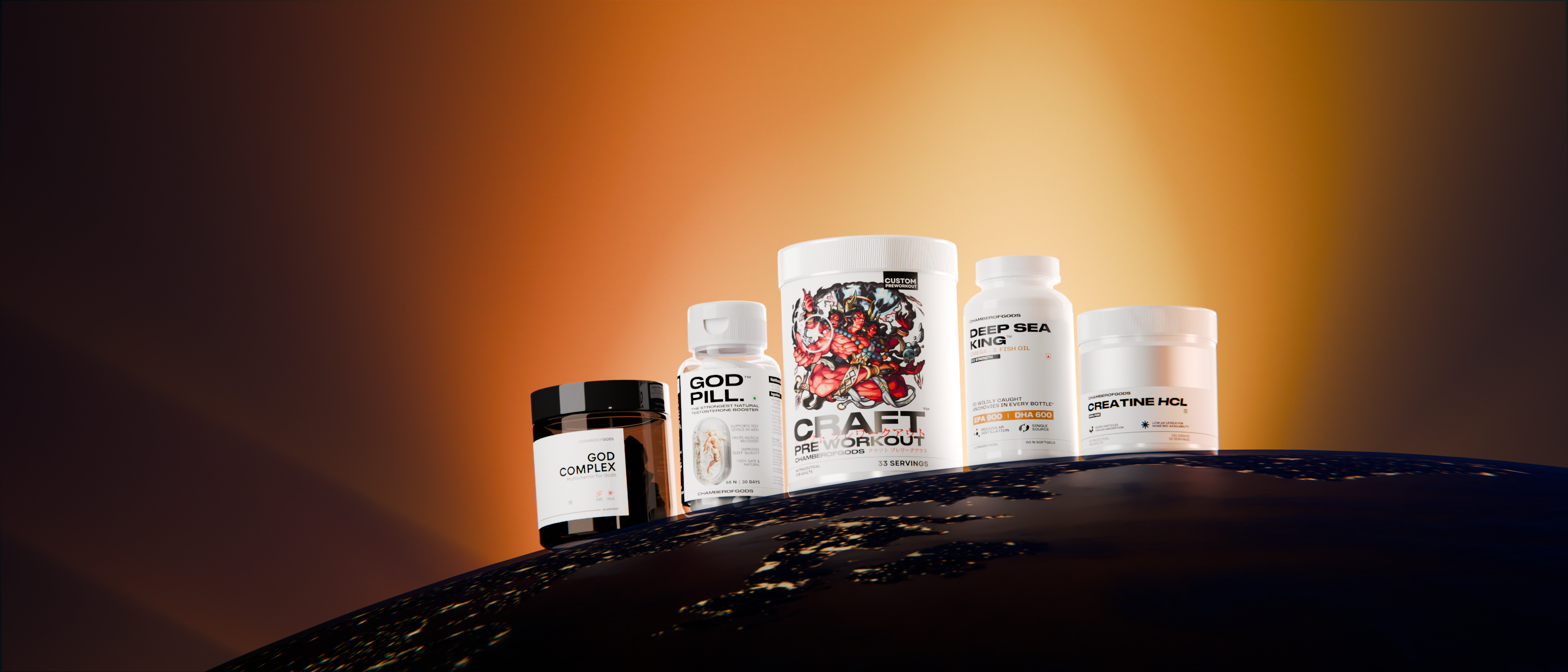The answer is absorption.
Let's understand it by comparing it with Monohydrate.
Creatine monohydrate and creatine HCL work similarly both help increase strength and muscle performance.
But there’s one major difference…
💧 Monohydrate is creatine attached to a water molecule.
🧪 HCL is creatine attached to a hydrochloride molecule.
That small change makes a huge impact:
When creatine is bonded with hydrochloride, it becomes more stable in your stomach, which means less of it is wasted, and more gets absorbed by your body.
Bottom line:
With Creatine HCL, you need a smaller dose, get better absorption, and avoid common issues like bloating or water retention — making it the smarter and more advanced choice.
It’s not because it’s better — it’s because it was first.
Creatine Monohydrate was introduced decades ago. It worked well for its time, so supplement companies built their entire business around it.
They invested millions in manufacturing, packaging, marketing — and they dominated the narrative.
Then came Creatine HCL — a newer, smarter version.
It absorbs better, requires a smaller dose, and causes no bloating.
But by then, the industry was already too deep into Monohydrate.
So instead of adapting, most brands chose profit over progress.
They kept selling Monohydrate and never let the spotlight shift.













